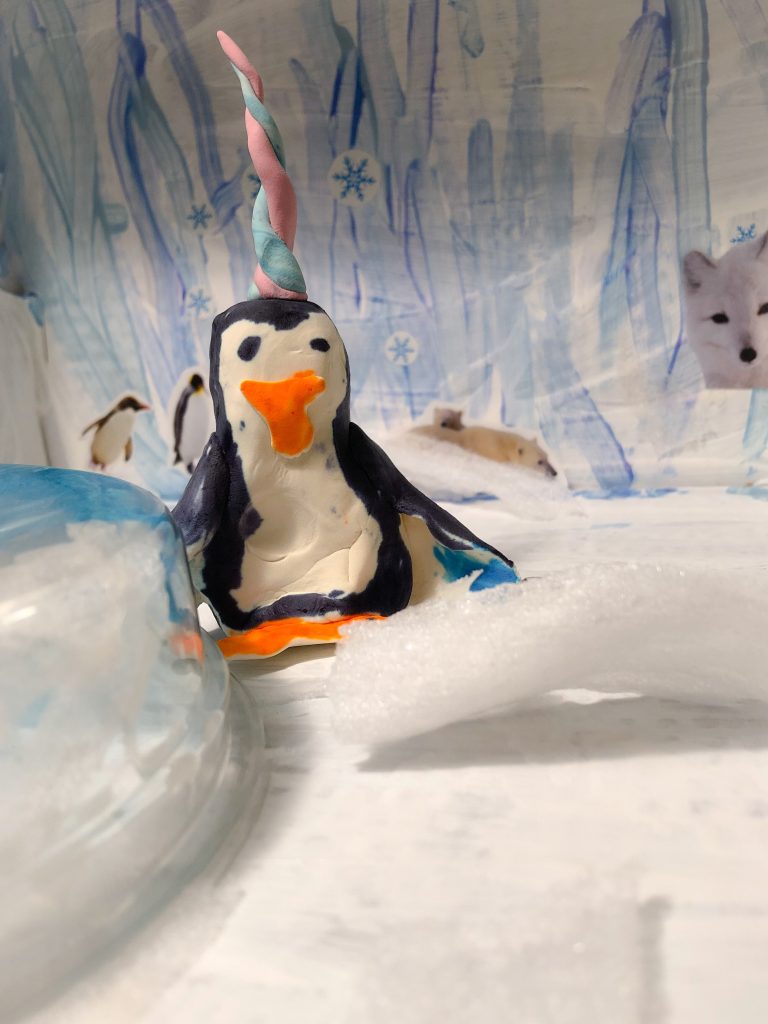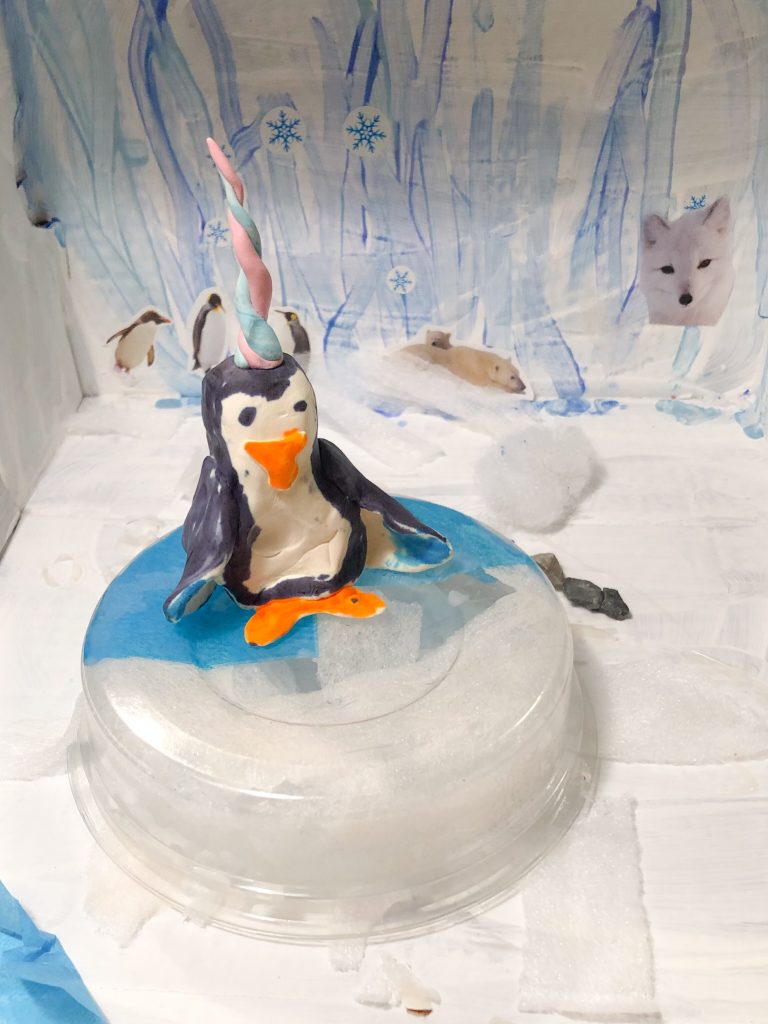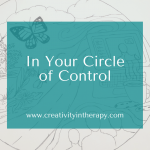
Guest Post By: Jessica Heckwolf, LCMFT, LCPAT, ATR-BC
I am so happy to be visiting Creativity in Therapy! Carolyn’s work has been a wonderful resource for me in my own practice as a licensed art therapist and marriage and family therapist. I also appreciate using this space to feel connected and inspired by other helpers. An extra thanks, Carolyn, for the fun prints outs you often provide – I loved using the “make you own game board” with younger clients when I was adjusting to telehealth this past spring.
With world events, there is no shortage of demands for balance. Every day calls for creativity in how we re-arrange our lives around relationships, work, and health (while hopefully still finding ways to grow). We are working hard to find balance between safety and connection amidst the global pandemic, as well as creating new landscapes at home to contain school, work and the emotions that come with it all. It’s a lot.
I’ve found the wisdom of dialectical behavioral therapy, or DBT, can help.
In DBT, a behavioral-based approach to therapy developed my Marsha Linehan, the concept of dialectics provides a foundation to build skills and fully participate in life. Dialectics are about balance. The goal of dialectics is fo resolve the tension that comes with all the opposites that pop up in our lives. For example: a rain shower can cancel fun plans and provide needed nourishment for our environment.
Dialectics teach us that there can be truth and value in opposing ideas and emotions. Finding a way to hold respect and acceptance (which might not mean the same as approval) for opposing forces can provide a way to make better decisions and self regulate difficult emotions or thoughts.
Making art can really bring home this idea of dialects for clients. Today I’d like to share an art therapy prompt I’ve learned over my years as an art therapist that is a fun way to introduce dialectics to clients of all ages. It’s called Power Animals.
Power Animals
Supplies Needed: Sculpting Materials (such as model magic or sculpey) and tools.
Art Prompt:
- Get in touch with qualities about your self. Pick out two qualities – one that you are proud of and maybe see as a strength (for example, kindness, generosity, patience) and one quality you see as being less desirable (for example, impatience, judgmental, perfectionism).
- Next, think of an animal that could relate to each of the two qualities. For example, if one selected busyness as a quality, a hummingbird could be selected for the animal, as it is always on the move. Name each animal to yourself.
- Lastly, use your sculpting materials to create a fantasy animal that incorporates qualities of the two animals you selected to create a new, unique animal. This is your Power Animal!
Some reflection questions to help process the Power Animal with your clients:
- Describe your power animal – What qualities does it have and how do they work together? How do you find balance in these opposing qualities? How can this balance give you strength? What are some parts of your life that are difficult to find balance in?
If your client prefers drawing materials, paper and colored pencils, oils pastels, or crayon are a great alternative for this art prompt. Another way to expand the art activity is to invite clients to create a “home” for their power animal, which opens the door to even more rich creativity and imaginative play.
We’d love to hear how using this art prompt works for you – please share any comments or thoughts you might have on creating Power Animals.
For more on using the art to introduce and build DBT skills with your clients, please check out the new online course, Art in DBT. I’m thrilled to collaborate with Carolyn and Creativity in Therapy to offer this 6 credit, online course. Art in DBT is a wonderful opportunity to deepen and expand your ability to build DBT skills with a variety of clients using a range of art activities. It will including hands on experientials like “Power Animals” to help you find balance in your own work. Hope to see you there!
Jessica is a licensed clinical marriage and family therapist (LCMFT) and board certified, licensed clinical professional art therapist (LCPAT). She earned a Master of Arts degree in Marriage and Family Therapy with Specialization in Clinical Art Therapy from Loyola Marymount University, graduating with honors. Jessica has 15 years’ experience working with adults, families, children, and adolescents in inpatient, community, residential, day treatment, and school settings in Los Angeles, Baltimore, and Boston. Jessica has taught art therapy courses and workshops in university, hospital and professional conference settings. Her work on coordinating art therapy and DBT was published in The Arts in Psychotherapy. Jessica’s treatment approach is rooted in family systems and psychodynamic theory. Additionally, she utilizes skill training based in dialectical behavioral therapy to foster lasting change towards healthy living and relationships. Central to Jessica’s psychotherapy approach is use of art making as an agent for insight and catalyst for change. Jessica currently works in private practice in Annapolis, MD. She is an active painter and loves whale watching.
This blog is not intended to diagnose or treat any mental health conditions. All directives, interventions, and ideas should be used by qualified individuals within the appropriate bounds of their education, training, and scope of practice. Information presented in this blog does not replace professional training in child and family therapy, art therapy, or play therapy. Art therapy requires a trained art therapist.







Leave a Reply